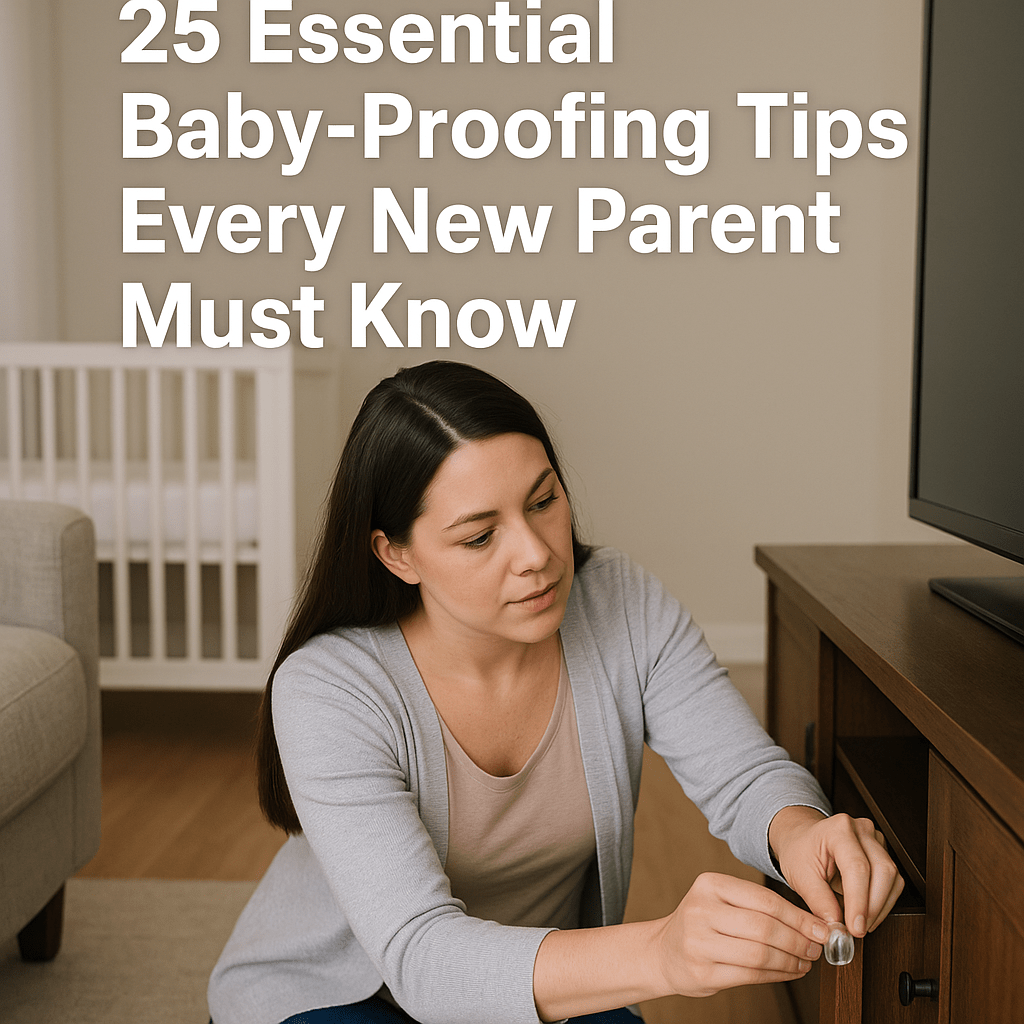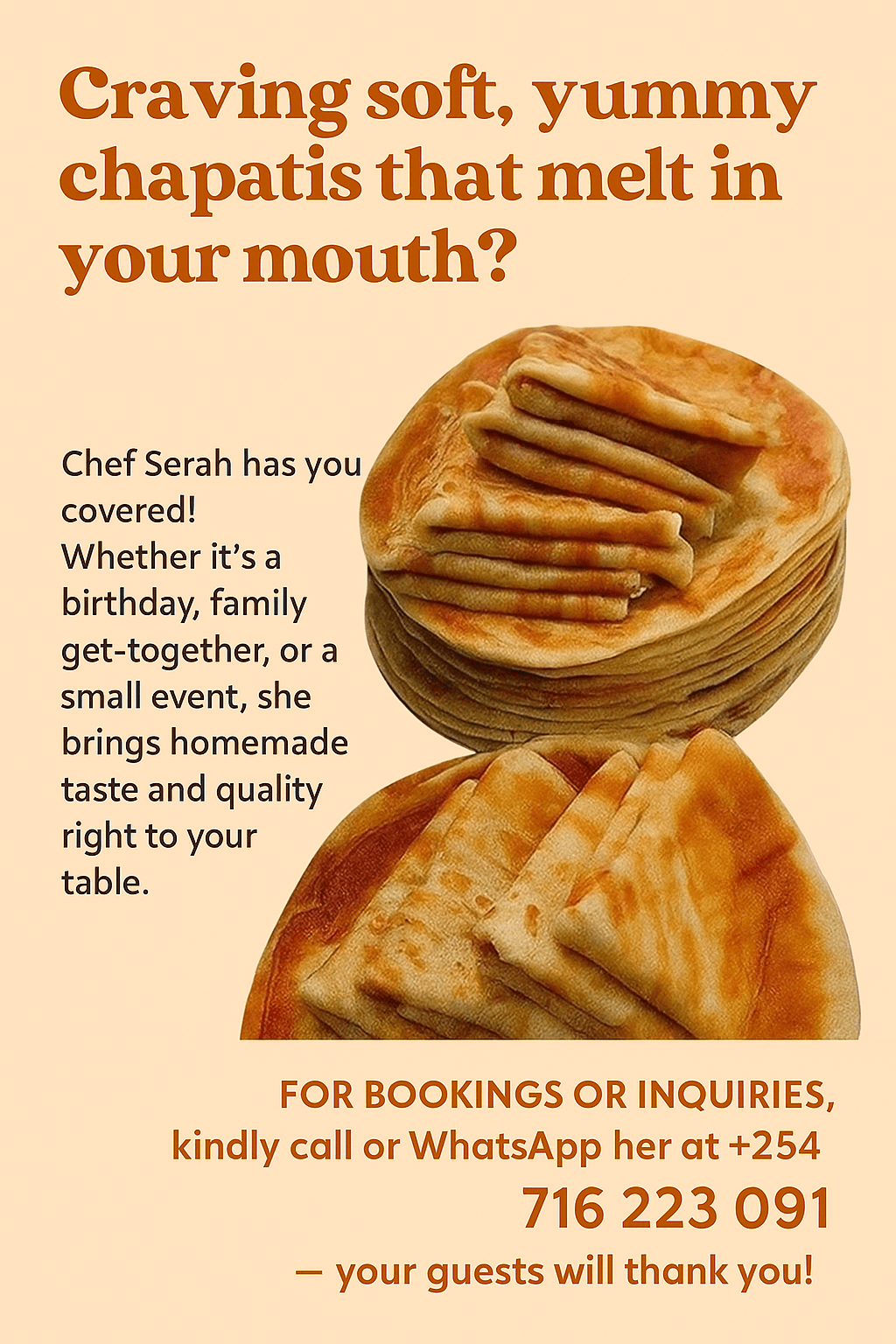
simply amazing, always for you.
Baby-Proofing Starts Before Baby Arrives
Preparing your home for a newborn isn’t just about buying diapers, decorating the nursery, or stocking up on baby wipes. It’s about creating a safe, secure, and nurturing environment for your baby to thrive. Babies grow fast—within months, your quiet little newborn will be crawling, grabbing, and exploring everything within reach. If your home isn’t properly baby-proofed, even everyday items like furniture, cords, and stairs can pose real dangers.

In this comprehensive guide, we’ll walk you through 25 essential baby-proofing tips to help you transform your house into a safe haven, giving you peace of mind from day one.
1. Start Early – Baby-Proof Before Baby Arrives
Many parents wait until their baby starts crawling to begin baby-proofing. That’s a mistake. Newborns grow and develop quickly. By the time you’re catching your breath after sleepless nights, your baby might already be rolling, scooting, or grabbing.
Start baby-proofing during your third trimester so everything’s ready before your little one arrives.
2. Get Down on the Baby’s Level
Literally. Crawl around on your hands and knees to see the world from your baby’s perspective. This simple but powerful exercise will help you identify hazards that you may not notice from adult height—like exposed cords, sharp edges, or small items under furniture.
3. Secure Furniture to the Wall
Dressers, bookshelves, and TVs can tip over if a child tries to climb them. Invest in furniture anchors or wall straps to secure large, heavy furniture to the wall. This is not optional—furniture tip-overs are a leading cause of injury and death in toddlers.
4. Cover Electrical Outlets
Babies love poking things where they shouldn’t. Electrical outlets are eye-level for crawlers and must be covered. Choose sliding outlet covers over cheap plug-in ones—plug-in types can become choking hazards if removed.
5. Use Corner and Edge Bumpers
Sharp furniture edges, especially on coffee tables and TV stands, are dangerous once your baby starts moving. Apply soft foam corner guards to cushion any sharp edges.
6. Install Baby Gates (the Right Way)
Use hardware-mounted gates (not pressure-mounted) at the top and bottom of stairs. Pressure gates can slip and are unsafe for stair use. Place gates in areas like kitchens or bathrooms where supervision is limited or hazards are concentrated.

7. Lock All Cabinets and Drawers
Babies are naturally curious. Install childproof latches on all lower cabinets and drawers, especially those containing sharp objects, cleaning supplies, medicines, or heavy cookware.
8. Keep Choking Hazards Out of Reach
Anything that can fit through a toilet paper roll is a potential choking hazard. Be vigilant about small toys, coins, batteries, bottle caps, and jewelry. Store these far from baby’s reach.
9. Anchor TVs and Screens
Don’t assume your flat-screen TV is safe just because it’s “on a stand.” Mount TVs to the wall or secure them with anti-tip straps to prevent tipping over.
10. Keep Blind Cords Out of Reach
Window blind cords are a strangulation hazard. Use cord winders, cleats, or cordless blinds to keep them safely out of your baby’s reach.
11. Toilet Locks Are a Must
Babies are fascinated by water—and toilets. Install toilet lid locks to prevent drowning accidents and general messes. It also keeps your baby from dropping objects into the bowl.
12. Store Cleaning Supplies in High Cabinets
Even if you’ve locked your cabinets, it’s safer to keep toxic substances well out of reach. Choose upper shelves for storing cleaners, detergents, bleach, or disinfectants.
13. Keep Bathroom Doors Closed and Latched
Your bathroom is a minefield of hazards—medications, razors, water, cleaning agents. A simple door latch high up on the doorframe can prevent your baby from wandering in unsupervised.
14. Baby-Proof the Nursery
Your baby’s room should be the safest in the house. Ensure the crib meets current safety standards (no drop sides, wide slats, or pillows). Don’t hang anything heavy above the crib. Secure furniture. Avoid cords from monitors, lamps, or blinds.
15. Control Access to Pet Food and Bowls
If you have pets, keep their food and water bowls far from your baby’s play area. Pet food is a choking hazard, and a water bowl can pose a drowning risk. Feed pets when baby is in a high chair or gated area.
16. Set Your Water Heater to 120°F (49°C)
To prevent scalding, adjust your water heater temperature to a maximum of 120°F. Always test bath water before placing baby in the tub.
17. Use Stove Knob Covers and Back Burners
Kitchens are full of danger. Use stove knob covers to prevent your baby from turning on burners, and cook with pots on the back burners with handles turned inward. Never hold your baby while cooking.
18. Keep Trash Cans Inaccessible
Trash is a treasure trove of germs, plastic, and sharp items. Use a lidded trash can with a locking mechanism or store trash under a locked cabinet.
19. Keep Your Purse and Bags Out of Reach
Handbags often contain medications, sharp items, and choking hazards like coins or gum. Always store purses and backpacks up high or in locked closets.
20. Don’t Rely on Baby Monitors Alone
While baby monitors offer peace of mind, they’re no substitute for a physically safe environment. Make sure your monitor cords are at least three feet from the crib.
21. Install Door Stops and Finger Guards
Doors can slam shut unexpectedly. Use soft door stoppers or pinch guards to protect little fingers from getting caught in hinges or doorframes.
22. Avoid Tablecloths and Hanging Runners
Babies can tug on hanging fabric, pulling down everything on top. Opt for placemats instead of tablecloths, and secure any runners that hang over the table edge.
23. Hide and Secure Cords and Wires
Bundle and hide all cords from lamps, computers, and appliances. Use cord covers, cord shorteners, or cord management boxes to eliminate this tripping and strangulation hazard.
24. Practice Safe Crib and Bassinet Use
Only use a firm mattress with a fitted sheet in cribs or bassinets. No bumpers, blankets, toys, or pillows. Place baby on their back to sleep. Don’t hang anything with strings or ribbons above the sleeping area.
25. Keep Emergency Numbers Visible
While this isn’t technically “baby-proofing,” it’s critical. Post emergency contacts—pediatrician, poison control, fire, ambulance—on the fridge or another visible location. Save them in your phone too.
Bonus Tip: Baby-Proofing Isn’t One-and-Done
As your baby grows, so do the risks. Re-evaluate your home every few months. A baby who couldn’t crawl yesterday might be climbing today. A toddler who ignored the stairs last week might try to descend them now.
Stay one step ahead by anticipating new skills and adjusting your home accordingly.
Room-by-Room Baby-Proofing Checklist
Kitchen:
- Cabinet latches
- Stove knob covers
- Fridge lock
- Hide appliance cords
- Lock drawers with sharp items
Bathroom:
- Toilet lock
- Non-slip bath mat
- Move cleaning agents to high shelves
- Door latch
Living Room:
- Secure TVs and furniture
- Use corner protectors
- Hide cords and remotes
- Anchor bookshelves
Nursery:
- Firm crib mattress, no loose items
- Anchor changing table and dresser
- Keep monitor cords away from crib
- Cover outlets
Bedroom:
- Avoid tall lamps and heavy decorations
- Cover outlets
- Keep cosmetics, medicines, and jewelry out of reach
What About Smart Home Baby-Proofing?
Modern technology can help. Consider:
- Smart cameras for extra monitoring
- Motion sensors to alert you when baby crosses a boundary
- Smart door/window alarms
- Remote light control to keep you from fumbling in the dark
Just remember: smart tools should enhance, not replace, physical safety measures.
Common Baby-Proofing Mistakes to Avoid
- Waiting too long to start baby-proofing
- Relying only on cheap gadgets instead of making structural safety changes
- Thinking “it won’t happen to us”
- Forgetting grandparents’ or babysitter’s homes
- Underestimating your baby’s ability to reach, climb, or open things
Safe Home, Peaceful Mind
Bringing your baby home should be joyful—not stressful. While it’s impossible to eliminate all risks, baby-proofing significantly reduces potential dangers, giving your child the freedom to explore and you the peace of mind to let them.
As you prepare your home, remember: safety doesn’t mean eliminating fun or adventure. It means creating a space where your baby can grow, explore, and thrive—safely.
What’s the most surprising baby-proofing tip you’ve learned—or one you wish someone had told you earlier? Share your thoughts below!

Support Our Website!
We appreciate your visit and hope you find our content valuable. If you’d like to support us further, please consider contributing through the TILL NUMBER: 9549825. Your support helps us keep delivering great content!
If you’d like to support Nabado from outside Kenya, we invite you to send your contributions through trusted third-party services such as Remitly, SendWave, or WorldRemit. These platforms are reliable and convenient for international money transfers.
Please use the following details when sending your support:
Phone Number: +254701838999
Recipient Name: Peterson Getuma Okemwa
We sincerely appreciate your generosity and support. Thank you for being part of this journey!
